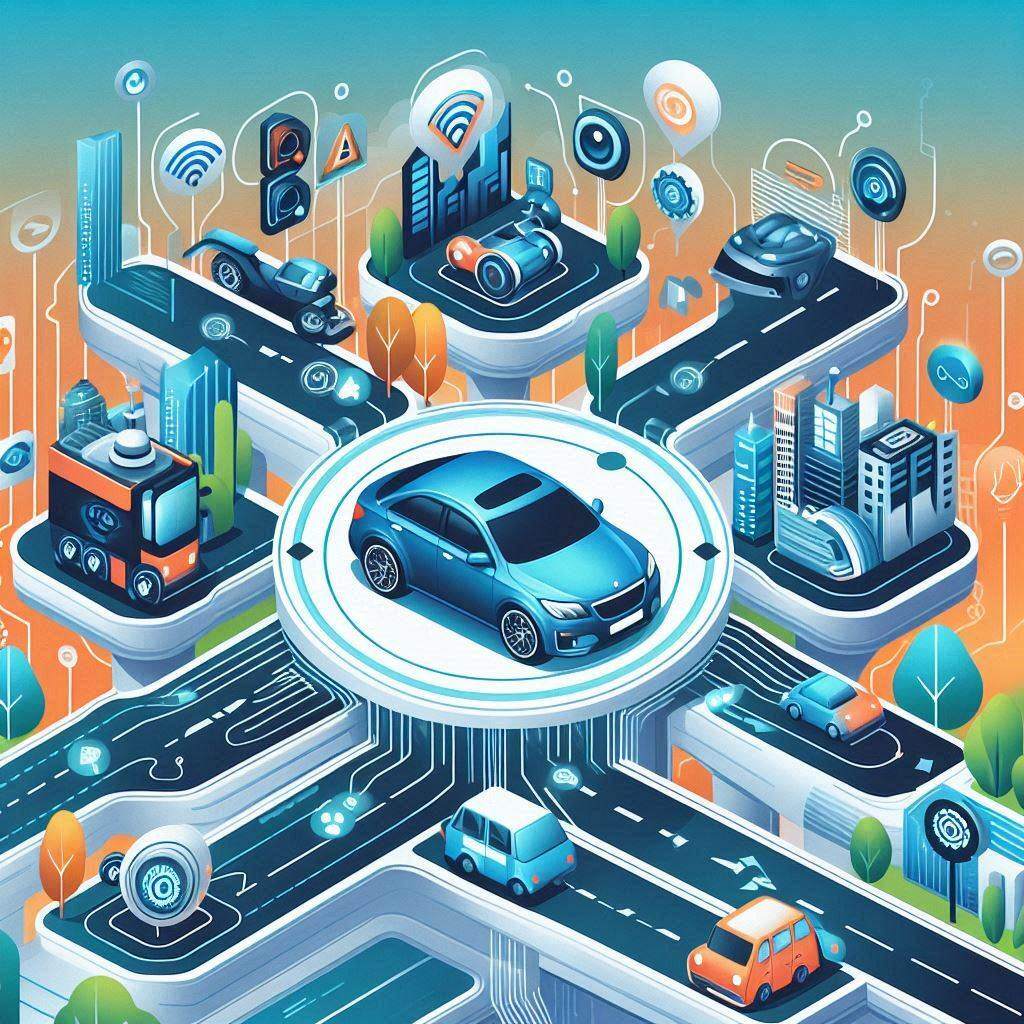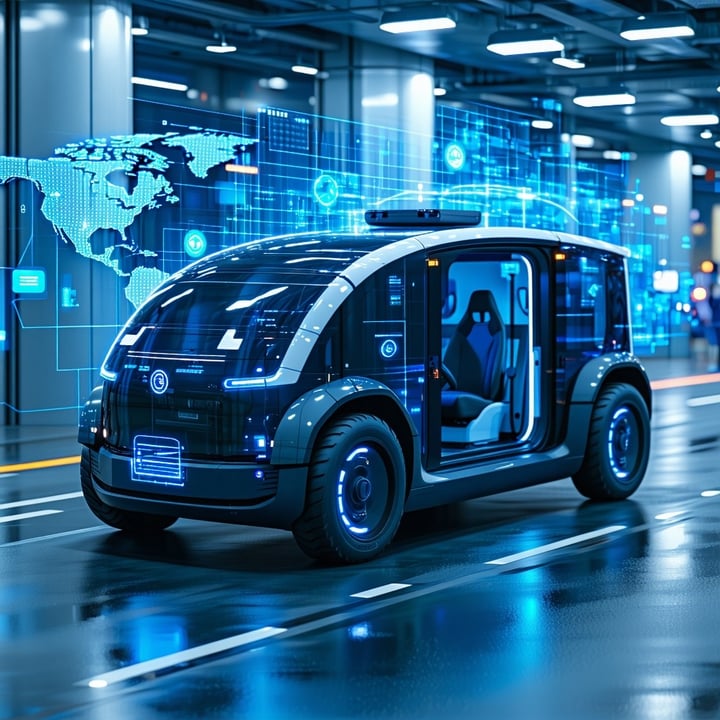
The journey towards fully autonomous vehicles is one of the most exciting technological advancements of our time. With companies like Soliton Systems providing ultra-low latency live streaming solutions for teleoperations, it's crucial to understand the various levels of vehicle autonomy and how teleoperations integrate into this framework.
The Five Levels of Vehicle Autonomy
When discussing autonomous vehicles, the Society of Automotive Engineers (SAE) has defined five levels of automation, ranging from Level 0 (no automation) to Level 5 (full automation). Each level represents a step up in the vehicle’s capabilities and independence from human control.
Level 0: No Automation
At Level 0, the human driver is entirely responsible for controlling the vehicle. There may be features like warning sounds or vibrations to alert the driver to obstacles, but the system cannot take control.
Level 1: Driver Assistance
Level 1 includes single automated systems for driver assistance, such as cruise control or lane-keeping assistance. The system can support steering or acceleration/deceleration, but not both simultaneously. The driver must be ready to take full control at any time.
Level 2: Partial Automation
Vehicles at Level 2 can control both steering and acceleration/deceleration under certain conditions. However, the driver must monitor the driving environment continuously and be prepared to take over if necessary. Examples include Tesla's Autopilot and General Motors' Super Cruise.
Level 3: Conditional Automation
At Level 3, the vehicle can make informed decisions, such as overtaking slower vehicles. The system manages all aspects of driving under certain conditions, but a human driver must be available to intervene when the system requests. This level marks the beginning of true vehicle autonomy.
Level 4: High Automation
Level 4 vehicles can perform all driving functions independently in specific conditions or environments, like urban areas or highways. Although they can manage driving tasks without human intervention, they may still require assistance in complex, uncharted, or emergency situations, which is where teleoperations come in.
Level 5: Full Automation
At Level 5, vehicles are entirely autonomous and capable of navigating any environment and road conditions without human assistance. These vehicles do not require a steering wheel or pedals, as there’s no need for a human operator.
The Role of Teleoperations in Autonomous Driving
As we progress towards higher levels of automation, particularly Levels 4 and 5, the integration of teleoperations becomes increasingly vital. Teleoperations involve remote control of a vehicle by a human operator, who can seamlessly take over when the autonomous system encounters a scenario it can't handle.
Critical Scenarios for Teleoperations
- Complex Traffic Situations: In instances where an autonomous vehicle confronts an unusual situation, such as an unfamiliar traffic signal or direction given by a human traffic controller (e.g., a police officer or construction worker), the vehicle may need assistance to navigate through safely.
- Obstructions and Hazards: Unexpected road obstructions, like construction zones, fallen debris, or accidents, may confuse the vehicle's AI. A teleoperator can guide the vehicle around these obstacles.
- Technical Malfunctions: In the event of a sensor or system failure that inhibits its ability to navigate safely, a teleoperator can assume control to bring the vehicle to a safe stop.
- Regulations Compliance: Depending on local regulations, teleoperations could be mandatory for certain autonomous vehicle operations, especially in areas that require a human driver to be present (virtually, in this sense).
How Soliton Systems Enhances Teleoperations
Soliton Systems specializes in ultra-low latency solutions, making real-time teleoperations feasible and reliable even in challenging network conditions such as tunnels or urban areas with poor connectivity. With its technology, communication between the vehicle and the teleoperator remains instantaneous, ensuring that real-time decisions can be made swiftly, matching—or even surpassing—human response times.
Achieving Sub-100ms Latency
Using advanced technologies that leverage wireless connections like 4G, LTE, 5G, RF, satellite, and Wi-Fi, Soliton ensures that teleoperators can seamlessly remote control vehicles without noticeable delay. This is essential in ensuring safety and reliability when vehicles rely on human intervention.
As autonomous vehicles become more prevalent, a thorough understanding of the levels of autonomy and the increasing role of teleoperations is crucial. Teleoperations serve as an indispensable backup, ensuring safety and efficiency in complex or unforeseen situations, thus accelerating the safe integration of autonomous vehicles into everyday life. With the continued development of rapid-response communication technologies, Soliton Systems and others are paving the way for a seamless blend of artificial intelligence and human expertise in our everyday commute.



